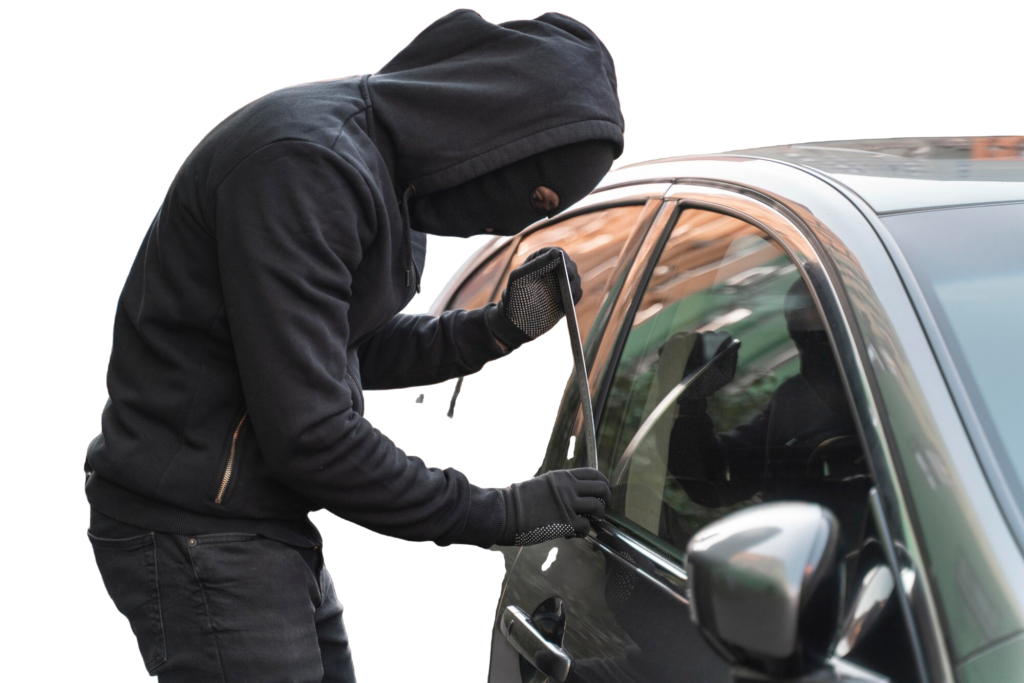Car insurance fraud is a growing problem that costs insurers billions of dollars annually, which ultimately increases premiums for policyholders. Understanding how to detect and prevent car insurance fraud you can save from financial losses and legal troubles. This comprehensive guide will outline types of car insurance fraud, red flags, and actionable tips to safeguard your finances.
Types of Car Insurance Fraud
Car insurance fraud can take many forms, often categorized into two major types: hard fraud and soft fraud.
1. Hard Fraud
Hard fraud is committed through deliberate acts to stage accidents or damage to file false claims. Examples include:
Staged accidents: Accidents caused intentionally to claim insurance.
False injury claims: Overstating or faking injuries to get more payback.
2. Soft Fraud
Soft fraud involves overstating legitimate claims. Examples include:
- Inflating repair costs.
- Claiming unrelated damages.
Common Schemes in Car Insurance Fraud
1. Staged Accidents
Fraudsters deliberately cause accidents, often targeting unsuspecting drivers. These schemes include:
Swoop and squat: A car abruptly cuts in front, causing a rear-end collision.
Wave-through scam: A fraudster waves you through and then causes an accident, denying any signal was given.
2. Exaggerated Repairs
Dishonest repair shops inflate repair costs or claim to fix damages unrelated to the accident.
3. False Injury Claims
Fraudsters may feign injuries or exaggerate symptoms to collect compensation.
4. Premium Diversion
A bogus insurance agent collects premiums but does not offer coverage.

Red Flags to Look Out For
1. Suspicious Behavior
- Too eager to settle claims quickly.
- Forcing you to accept their repair shop or towing service.
2. Inconsistent Information
- Witness statements contain conflicting details.
- The other driver refuses to give you his insurance information.
3. Unnecessary Repairs
- Repair shop includes unnecessary parts or services in the invoice.
4. Frequent Insurance Switches
- People who change insurance companies often just to cover their tracks about the fraud.

How to Detect and Prevent Car Insurance Fraud
1. Check People's Legitimacy
- Identify the third party and their insurance company.
- Report the accident incident to your insurance company in time.
2. Evidence of Everything
- Photography of the accident scene:
- damage to all vehicles involved.
- Record the time and date of the accident and place.
- Obtain information about the witnesses if available
3. Analysis of Estimation of Repairs
- Obtain multiple repair estimates to ensure fair pricing.
- Choose a trusted repair shop or one recommended by your insurer.
4. Be Wary of Solicitors
- Avoid unsolicited repair shops, attorneys, or tow truck drivers at the accident scene.
5. Use Dash Cams
- Install a dash cam in your vehicle to provide objective evidence in case of an accident.
6. Monitor Your Insurance Policy
- Regularly review your insurance documents to spot unauthorized changes.
- Do not give out personal data to unverified sources.
7. Be Informed
- Understand the various local laws and regulations around car insurance fraud.
8. Report Suspicious Activities
- Notify your insurer about suspicious activities.
- Cooperate with them fully in conducting an investigation.
Car Insurance Fraud Consequences
1. To Individuals
- Imprisonment, fine, or penalty.
- Loss of cover or increased premiums
2. To Society
- Increased insurance premiums.
- Inconvenience to the insurance industry

Legal Framework to Combat Fraud
- Laws vary by jurisdiction but often include heavy penalties for fraud.
- Insurance companies collaborate with law enforcement to prosecute offenders.
Conclusion
Car insurance fraud is not just a corporate problem—it is affecting all of us by raising premiums and perhaps a financial loss. By understanding the tactics that fraudsters use, by adopting preventative measures, you can protect yourself and help in the larger fight against fraud.Implement straightforward measures, such as verification of facts, evidence documentation, and knowledge exposure. Technology, such as dash cams and AI-based detection tools, provides additional layers of safety. The key to not becoming a victim is being vigilant and knowing red flags.As fraud evolves, insurance companies and policymakers are always improving mechanisms in detection and enforcement. Along with that, your effort to be proactive creates a firm defense against fraud. Stay informed, use what tools are available, and pay attention. Together, let’s eradicate car insurance fraud so it becomes history: a just and safe environment for everyone.
FAQs
What is car insurance fraud?
These act against insurance firms for earning a gain with fraudulent activity that could include staged road mishaps or inflated claims concerning their insurance cover.
How to avoid auto insurance fraud?
Document and capture incidents through a camera on the dash, get rid of any unsolicited repair shop or attorney servicing, report to your respective insurer.
What are the consequences of committing car insurance fraud?
Convictions entail fine, possible time imprisonment, coverage loss as well as the rise in increased rates.
Can a dash cam help detect fraud?
Yes, a dash cam provides objective evidence of accidents, helping to dispute fraudulent claims.
What do I do if I suspect insurance fraud?
Report your suspicions to your insurance company and provide all relevant evidence. They will investigate the matter further.

